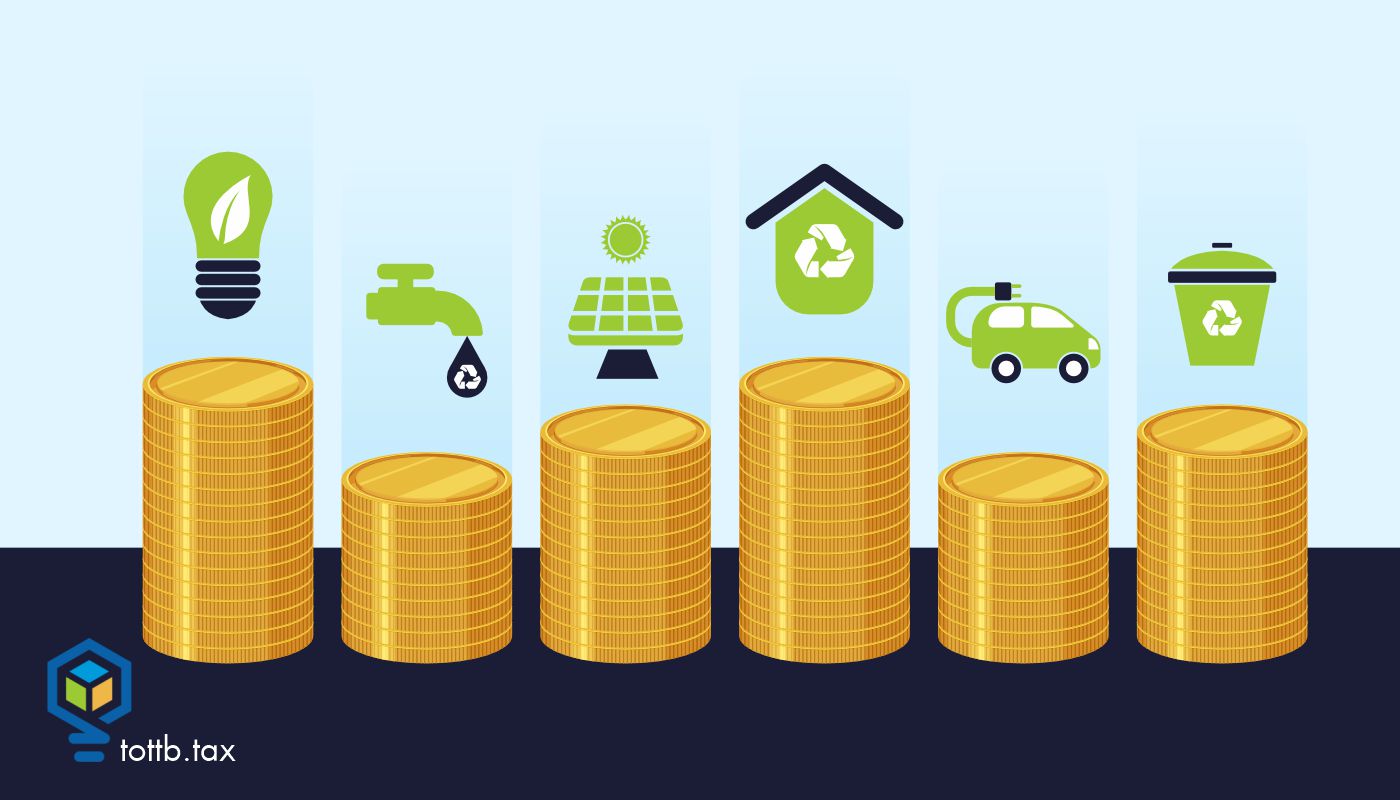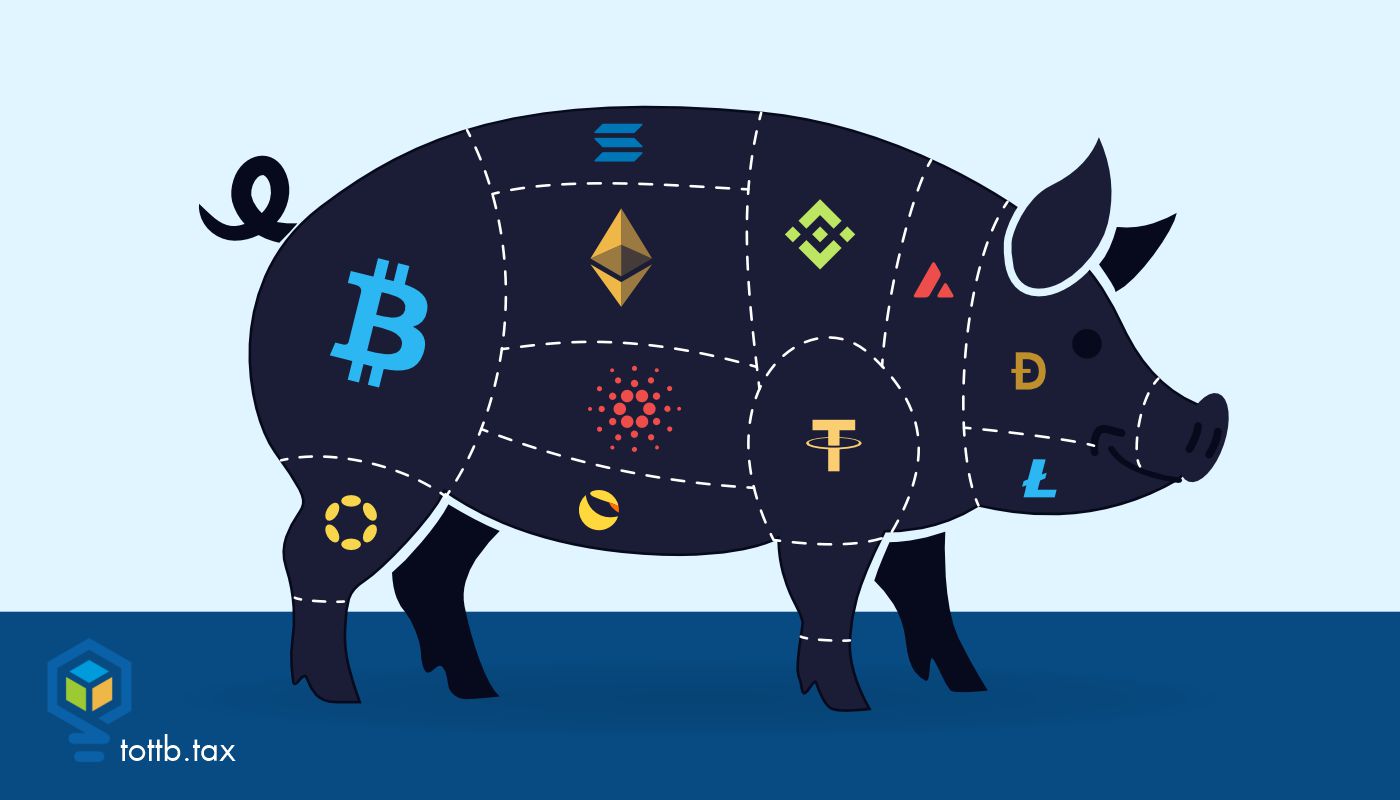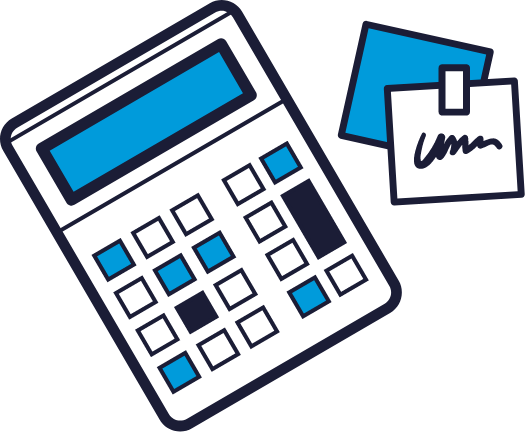LOOKING FOR LEGAL WAYS
TO REDUCE TAX?
New tax reduction strategies carefully explained and exhaustively researched every two weeks. Receive breaking news updates on tax law changes. Members only monthly AMA with TOTTB.tax.
WE PUBLISH TAX STRATEGIES FOR…
FEATURED CONTENT
Just Good Business – Review Your Office Security
Office security. It’s for you and your small business clients. Sometimes small business clients who have relatively low-tech operations don’t think they need to think much about office security. That’s just not true. Almost every small business has some level of liability exposure for theft of client information or their own information (banking, credit cards, account passwords, etc.)—even businesses that don’t consider themselves “web based” or “high tech” may have client or company proprietary information they want to keep secure and private. Often business owners focus on cyber security (and with good reason). But a good, comprehensive security plan creates a safety triangle around important information and the property that holds it. The three sides of this triangle are cyber security, physical security, and (at the base of it all) operations security. Keep reading to secure your future!
Read MoreCURRENT EDITION

Renewable Energy Tax Credits: An Opportunity to Sustainably Optimize Taxes
Investment Tax Credits (“ITCs”) and Production Tax Credits (“PTCs”, and together with ITCs, “RETCs”) have existed for decades and reflect the U.S. government’s commitment to incentivizing clean energy solutions in industry and commerce. The availability of RETCs was most recently extended by the Inflation Reduction Act of 2022 (“IRA”), which fundamentally transformed policy in this space by tying such credits’ expiration to the U.S. reaching certain targets for greenhouse gas reductions. While the recent change in Executive Branch leadership casts doubt over the longevity of RETCs, a full repeal seems unlikely given the scope and scale of domestic projects which utilize and benefit from such credits. This article discusses how RETCs may benefit both buyers and sellers in an increasingly uncertain environment.

DeFi-nitely Confusing: Final Regulations for Digital Asset DeFi Brokers
Well, at least the treasury department is true to form. They have ruined yet another international trip for me, which is the third time if you’re keeping track at home. This time it was a weekend trip to Toronto, which coming from upstate New York is technically “international,” yet somehow substantially closer to home than New York City. Late afternoon on the Friday before New Year’s Eve, the Treasury released another 115 pages of Digital Asset Regulations, along with a 13 page notice for good measure. As we’ve discussed previously on TOTTB, the last set of regs punted on a number of more complex crypto issues. This most recent release is all about one of those issues, Decentralized Finance, better known as “DeFi.”

Pig Butchering Can Slaughter Your Clients’ Finances
People use the online space to look for love, make business and financial decisions. And all of these decisions can have serious tax implications. That is why as trusted financial and tax advisors, it is important for us to be aware so we can help protect our clients. In 2024, the Federal Trade Commission released a report showing consumers reported losing $4.6 billion in investment scams. That’s only the amount reported, so our clients are at risk if they are online making financial decisions. Today, let’s look at a newer player in the online investment scam arena: pig butchering. If you’re like me, you’re probably thinking “what in the world does this have to do with taxes?” Unfortunately, everything. It leads to taxpayers receiving tax bills for money they withdrew but lost as victims of theft.
SIMPLIFIED TAX STRATEGIES &
PRACTICAL IMPLEMENTATION
Think Outside the Tax Box provides tax reduction strategies along with practical
implementation advice in order to reduce your clients’ federal tax bill with ease.






